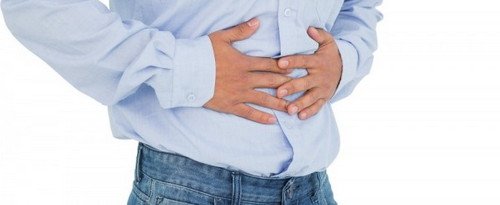
The causes of atrial fibrillation can include high blood pressure coronary artery disease and prior heart attacks heart valve disease and other medical conditions like overactive thyroid or lung disease. This disorder increases the risk of stroke because it causes a pooling of blood in the atria, making a patient prone to blood clots moving from the heart to vessels in the brain, explains Dr. Esper, almost 5 percent of people over age 65 and 9 percent of people 80 or older suffer from atrial fibrillation. To date, more than 2 million people in the United States have this disorder, but each year approximately 160,000 new cases are diagnosed. This abnormality causes the heart to quiver or fibrillate, resulting in less oxygen-rich blood being pumped out. Those that suffer from atrial fibrillation have abnormal electrical signals going to their atria. However, the likelihood of developing the condition increases with age.

While atrial fibrillation is not common among young people, it can occur at any age, says William Esper, D.O., an osteopathic cardiology physician practicing in Erie, Pa. Atrial fibrillation, also referred to as AF or A Fib, is a common heart rhythm disorder that results in a flutter in the heartbeat caused by a problem in the upper chambers, or atria, of the heart. time you check your heart rate for optimal fat-burning potential during a workout, consider checking your rhythm as well.

The AV node connects the atria and ventricles. NOACs include dabigatran (Pradaxa), rivaroxaban (Xarelto), apixaban (Eliquis) and edoxaban (Savaysa).Įlectrical cardioversion: This procedure uses an electrical shock to reset the rhythm of your heart.Ĭatheter ablation: Catheter ablation uses radiofrequency energy to destroy the area inside your heart that’s causing the abnormal heart rhythm.Ītrioventricular (AV) node ablation: This procedure uses radio waves to destroy the AV node.

NOACs are now recommended over warfarin unless the person has moderate to severe mitral stenosis or has an artificial heart valve. blood-thinning medications such as non-vitamin K oral anticoagulants (NOACs) or warfarin (Coumadin) to prevent stroke or heart attack.amiodarone, propafenone, and flecainide to convert the rhythm back to normal.calcium channel blockers and beta-blockers to regulate the heart rate.Treatment for both conditions may involve: Treatment for AFib and atrial flutter has the same goals: Restore the normal rhythm of the heart and prevent blood clots.


 0 kommentar(er)
0 kommentar(er)
